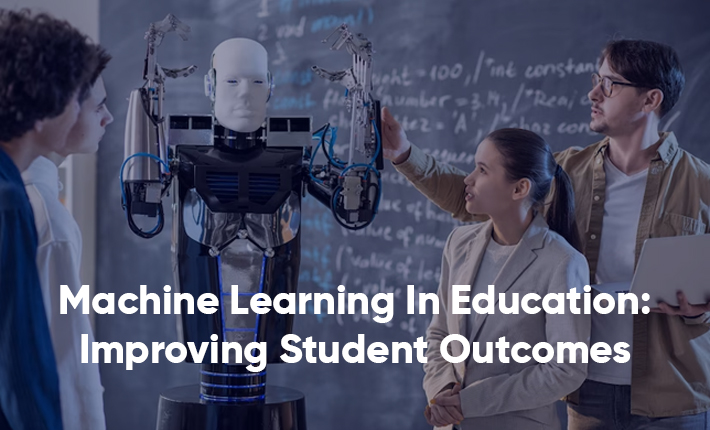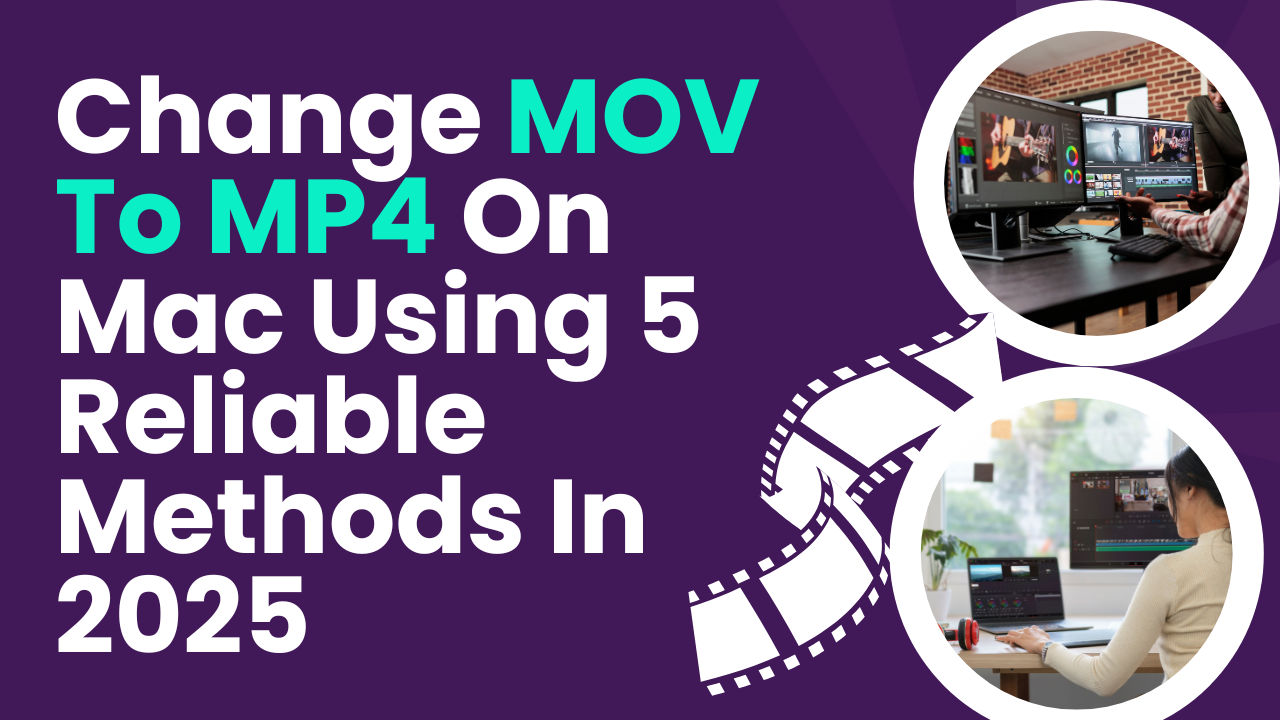Machine learning has the potential to revolutionize education by providing personalized learning experiences for each student, improving student outcomes, and reducing the workload of teachers. In this article, we will discuss how machine learning can be used in education to improve student outcomes.
1) Personalized Learning
Machine learning algorithms can analyze student data such as learning preferences, strengths, weaknesses, and performance history to provide personalized learning experiences. By understanding each student's unique learning needs, teachers can create personalized learning paths that are tailored to the student's strengths, weaknesses, and learning style. This approach helps students to learn at their own pace and improve their understanding of the subject.
2) Adaptive Learning
Machine learning can be used to develop adaptive learning systems that adjust to the student's level of understanding. Adaptive learning systems use machine learning algorithms to analyze the student's performance on assessments and adjust the difficulty level of the questions accordingly. This approach ensures that students are neither overwhelmed nor bored with the material and can learn at a pace that is appropriate for their level of understanding.
3) Automated Grading
Machine learning algorithms can be used to automate grading, reducing the workload of teachers and providing students with immediate feedback. Automated grading systems use machine learning algorithms to analyze student responses and provide instant feedback on the correctness of the answer. This approach not only saves time for teachers but also helps students to identify areas where they need improvement.
4) Predictive Analytics
Machine learning algorithms can be used to analyze student data to predict student outcomes, such as academic performance, behavior, and attendance. Predictive analytics can help teachers to identify students who are at risk of falling behind and provide timely interventions to improve their outcomes. For example, if a predictive analytics algorithm identifies a student who is at risk of failing a course, the teacher can provide additional support to help the student succeed.
5) Content Recommendation
Machine learning algorithms can be used to recommend content that is appropriate for the student's level of understanding and learning style. By analyzing the student's performance on assessments, machine learning algorithms can recommend content that is challenging enough to stimulate learning but not so difficult that it becomes frustrating. This approach ensures that students are engaged and motivated to learn.
6) Early Warning Systems
Machine learning algorithms can be used to develop early warning systems that identify students who are at risk of falling behind before it is too late. Early warning systems use machine learning algorithms to analyze student data such as attendance, behavior, and academic performance to identify students who are at risk of falling behind. This approach allows teachers to provide early interventions to help these students improve their outcomes.
7) Intelligent Tutoring Systems
Machine learning algorithms can be used to develop intelligent tutoring systems that provide personalized tutoring to students. Intelligent tutoring systems use machine learning algorithms to analyze student data such as performance on assessments and learning style to provide personalized tutoring that is tailored to the student's needs. This approach helps students to learn at their own pace and improve their understanding of the subject.
In conclusion, machine learning has the potential to revolutionize education by providing personalized learning experiences for each student, improving student outcomes, and reducing the workload of teachers. Machine learning can be used for personalized learning, adaptive learning, automated grading, predictive analytics, content recommendation, early warning systems, and intelligent tutoring systems. By using machine learning in education, we can provide each student with the support they need to succeed and improve overall student outcomes.

















Post Comments